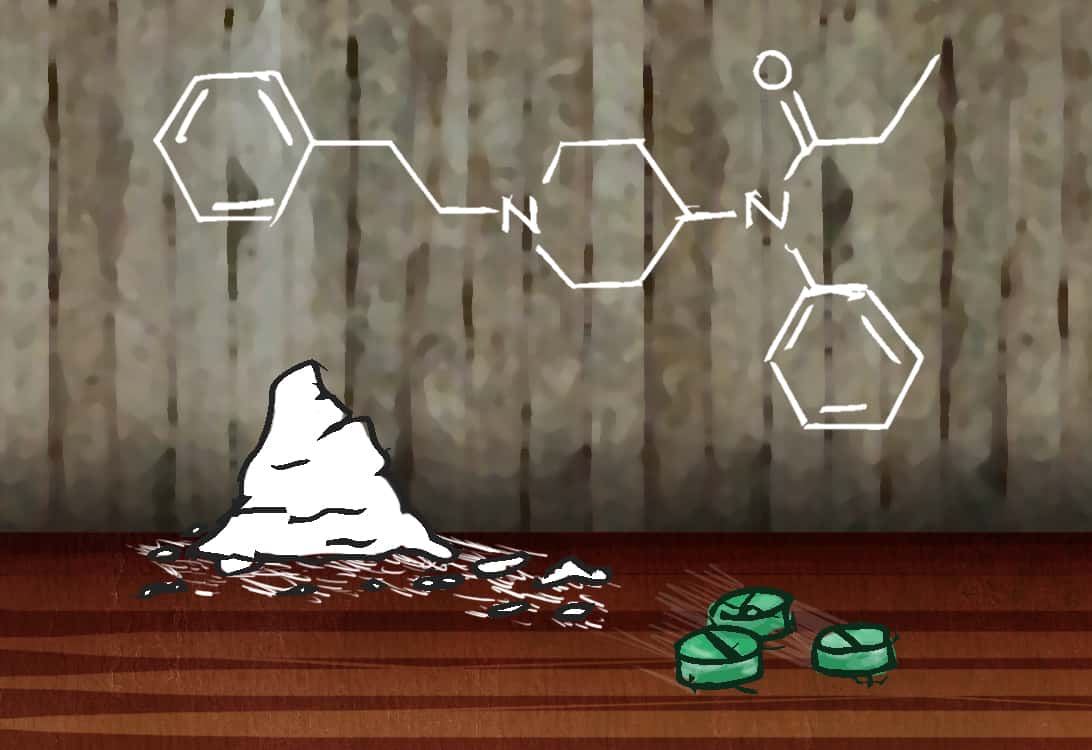CHELSEA POWRIE
Culture Editor
Recreational use of the opioid drug fentanyl is on the rise on Canadian campuses, and the mounting accidental overdose toll has experts worried.
Fentanyl is a painkiller, but one that has been proven to be even more potent than morphine. It is legally prescribed to patients with intense chronic pain and is administered via a patch on the skin to control dosage rates. These patches are altered by illicit dealers and users by scraping the drug off the patch and smoking, snorting or injecting it in one go, greatly intensifying the effect.
Colleen Dell, University of Saskatchewan professor and research chair in substance abuse, is worried about the rise of fentanyl use in Canada, especially among students.
“Our brains aren’t developed until we’re 24,” Dell said. “Whatever you’re doing until then, you’re affecting how your brain develops.”
According to Dell, illicitly cooked fentanyl, which can be mixed with other drugs such as heroin to create a pill, is sometimes sold to users who are under the impression they’re purchasing other, less potent drugs. The lack of regulation around these illegally produced fentanyl hybrids means less control over what users are ingesting.
“We’ve had way too many deaths around fentanyl use. It’s just the reality around anything when you don’t know exactly what you’re putting in your body,” Dell said.
Between 2009 and 2014, there were just under 700 deaths in Canada in which fentanyl was the cause or a contributing cause. In Saskatchewan, emergency response personnel are equipped with naloxone injections, which counteract the effects of opioid overdose, but Dell cautioned that sometimes this isn’t enough.
“It’s important that people still go to the emergency room. Painkillers can stay in the system a long time, and you could come to and suddenly go into cardiac arrest because it’s still in your body in unknown amounts,” she said.
The rising trend of fentanyl and other drug use seems to Dell to be an indication that students need more help with mental health. She said the way to address the problem is to find out why the person is taking the drug in the first place, and start from there.
Dell named anxiety and stress as key triggers.
“The problem is, your entire life is filled with stress,” Dell said. “If you don’t learn to manage your coping skills, what will you do in the future? Self-medication can lead to really unhealthy habits and five years later, you’re wondering how you got where you are.”
According to CBC News, this type of casual user, who chooses occasional highs rather than being a hardcore addict, is a frequent victim of fentanyl overdose. The drug is being advertised by dealers as OxyContin and being laced with other street drugs to provide a more intense hit —sometimes, too intense.
Dell advises U of S students who may come across fentanyl at a party or with friends simply to stay away and not to take it. She wants the spotlight on fentanyl to extend to substance abuse issues among students in general. She finds that many students have a disturbingly casual attitude towards alcohol and sugar, for example.
“Every time you drink alcohol, you’re killing brain cells. That’s probably pretty important to most people on campus,” she said. “And you probably don’t want to study after eating a bunch of McDonald’s.”
Dell admitted that stacked up against a potent drug like fentanyl, junk food and beer don’t seem so menacing. But after eight years in her position with the U of S, she has seen that overindulgence in any potentially addictive or dangerous substance is never a good idea.
“Seek balance in life,” Dell said, as her message to incoming students. “Remember, even professors struggle with that.”
The risks associated with fentanyl and other unregulated, unprescribed substances are manifold and increasingly well-documented. Experts like Dell warn students not to take risks with their developing brains and make informed choices about self-medication.
—
Image: Jeremy Britz/Graphics Editor